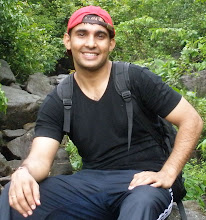Petrol prices have been hiked by Rs 3.14 a litre due to a sharp 8% depreciation in rupee in last one and a half months. The petrol price hike decision is coming a day before the RBI’s mid-quarter monetary policy meet tomorrow. However, the impact of the petrol price hike on WPI inflation is going to be merely ~7 bp.
I still feel that the RBI should pause this time since the growth outlook (both global and domestic) has drastically changed since the last policy meet on Jul 26. Moreover, the debt crisis in Eurozone has worsened further.
If you remember, during Jun-Jul 2008, the RBI had hiked the rate by 125 bps and within two and a half months it had to cut the rate by 100bps and then by another 50 bps in next twenty days.
So lesson for the RBI: One should learn from ones mistakes.
I still feel that the RBI should pause this time since the growth outlook (both global and domestic) has drastically changed since the last policy meet on Jul 26. Moreover, the debt crisis in Eurozone has worsened further.
If you remember, during Jun-Jul 2008, the RBI had hiked the rate by 125 bps and within two and a half months it had to cut the rate by 100bps and then by another 50 bps in next twenty days.
So lesson for the RBI: One should learn from ones mistakes.







